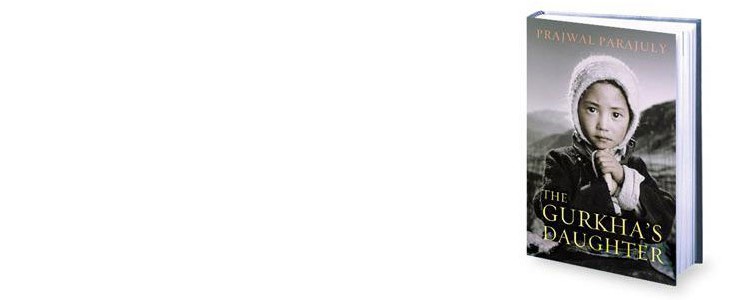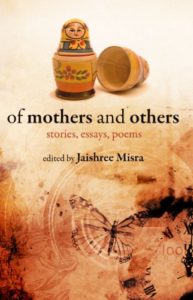
The cover of the PrintWeek India Book Special 2013 and the first page of my editorial.
The Books Special 2013 is out! I have collaborated with PrintWeek India for the past eight months on this project. It consists of over 25 interviews with the senior management of the Indian publishing industry. In this 116-page publication, there are interviews, viewpoints, profiles and analysis. It provides a snapshot of the publishing industry, discusses the challenges facing publishing professionals in this ecosystem and most importantly delineates the the manner in which publishers are coping with the major changes that are sweeping through the publishing landscape. Ultimately the Books Special celebrates the future of books in India.
There are only printed copies available for now.
The list of contents is:
Introduction – Jaya Bhattacharji Rose
Perspective
National Book Trust, India – M A Sikandar
Viewpoint – Urvashi Butalia, Zubaan
PK Ghosh – Homage by Rukun Advani, Permanent Black
Ramdas Bhatkal – Profile by Asmita Mohite
Motilal Banarsidas – Chronicle
In Memoriam – Navajivan & Jitendra Desai
Spotlight – Book printers of India
Trade publishing
Westland – Gautam Padmanabhan
Random House India – Gaurav Shrinagesh
Seagull Books – Naveen Kishore
Aleph & Rupa – David Davidar & Kapish Mehra
HarperCollins Publishers India – PM Sukumar
Hachette Book Publishing India – Thomas Abraham
DC Books – Ravi Deecee
Pan Macmillan India – Rajdeep Mukherjee
Penguin Books India – Andrew Philips
Harlequin India – Manish Singh
Diamond Books – Narendra Verma
Kalachuvadu Publications – SR Sundaram
Bloomsbury Publishing India – Rajiv Beri
Simon & Schuster India – Rahul Srivastava
Children’s Books Publishing
ACK Media – Vijay Sampath
Scholastic India – Neeraj Jain
Education, Academic and Reference Publishing
Sage Publications – Vivek Mehra
S Chand Group – Himanshu Gupta
Cambridge University Press India – Manas Saikia
Wiley India – Vikas Gupta
Sterling Publishers – SK Ghai
Springer India – Sanjiv Goswami
Tulika Books – Indira Chandrashekhar
Manupatra – Deepak Kapoor
Orient Blackswan – R Krishna Mohan
Publishing Process
Pearson Education India – Subhasis Ganguli
Palaniappa Chellapan – Palaniappa Brothers
Sheth Publishers – Deepak Sheth
Hachette Book Publishing India – Priya Singh
Mapin Publishing – Bipin Shah
Prakash Books – Gaurav Sabharwal
7 Sept 2013
Jaya Bhattacharji Rose is an international publishing consultant and columnist. Her monthly column on the business of publishing, PubSpeak, appears in BusinessWorld online.
@JBhattacharji
























